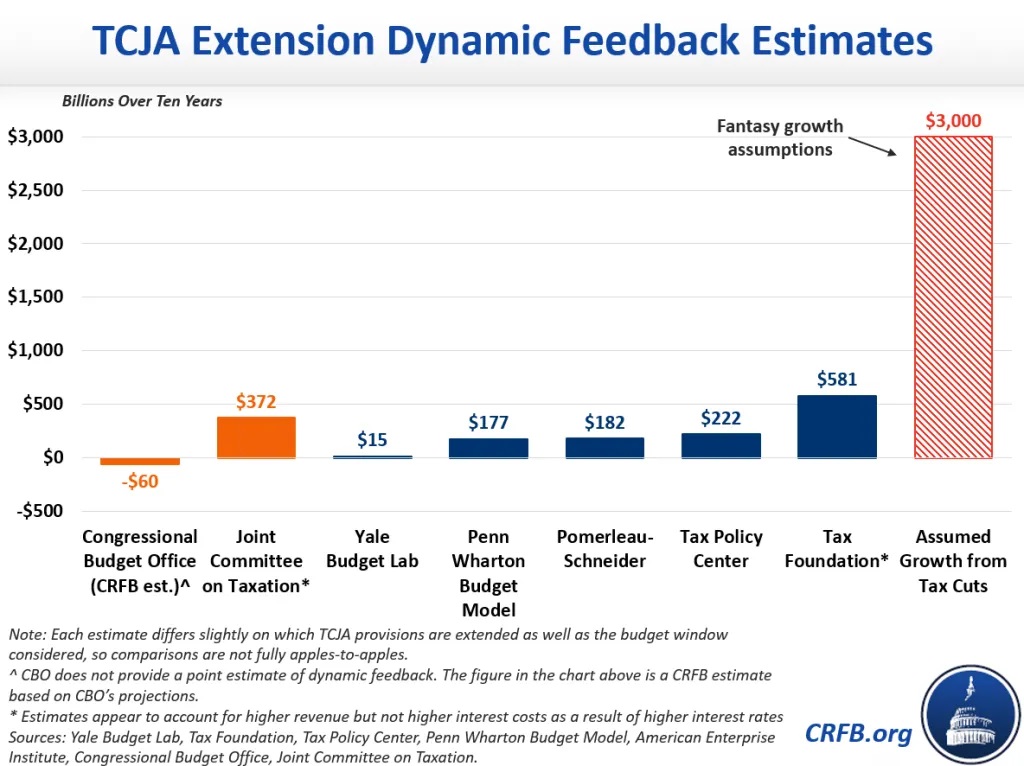Other than Art Laffer, I think of myself as the world’s biggest advocate of the Laffer Curve.
I’ve literally written hundreds of columns explaining and promoting the concept.
My goal is to help people understand that there is not a linear relationship between tax rates and tax revenue.
Why is this the case?
Because when tax rates change, incentives to earn and report income also change.
This is obvious when you think about big shifts in policy.
- You obviously don’t double tax revenues if you double tax rates.
- You clearly don’t cut tax revenues by 50 percent if you cut tax rates in half.
While I’m a huge advocate of the Laffer Curve in theory, I actually have very moderate views about the Laffer Curve in practice.
For instance, I don’t think the Laffer Curve means all tax cuts pay for themselves. That only happens in very rare circumstances (see here and here).
Moreover, some types of tax cuts produce very little revenue feedback. There are only significant effects if marginal tax rates change and taxpayers have considerable control over the timing, level, and composition of their income.
So I consider myself to be the Goldilocks of the Laffer Curve.
But instead of looking for porridge that isn’t too hot or too cold, I’m looking for revenue estimates that aren’t too high or too low.
Indeed, that’s the basis of my three-part series (see here, here, and here) on the prudent understanding of the Laffer Curve.
I’m providing all this background because Republicans may be greatly exaggerating the benefits of extending the Trump tax cuts.
Here’s a chart from the Committee for a Responsible Federal Budget. It shows various estimates of how much additional revenue might be generated because of faster growth. As you can see, Republicans are predicting almost six times as much revenue feedback as the next-highest estimate.

For what it’s worth, some of the above models are based on sensible microeconomic principles. Others are based on Keynesian economics and (in my humble opinion) not very credible.
Speaking of credibility, Jessica Riedl* has a column on this issue in Reason and argues that the Republican approach is very unrealistic.
Here are some excerpts.
How can Washington possibly pay for trillions more in promises on top of this unsustainable debt? According to Republicans in Washington, it’s simple. Just grow the economy so fast that the resulting revenues will pay for it all. …The most recent House Republican budget resolution assumes that rapid economic growth will save $3 trillion over the decade, as well as possibly finance $4 trillion in tax cut extensions. …In reality, these politician promises of aggressively accelerated economic growth are a lazy, longstanding gimmick… and…wishful thinking… Sure, policymakers should aspire to such growth, yet basing the federal budget on that assumption is reckless. …Even with smart policies encouraging capital investment…, labor productivity rates are difficult to reliably improve. They are especially difficult to expand by building an economic wall around the country with steep tariffs… Economic growth can solve a lot of problems, but entitlement-and-interest-driven budget deficits leaping towards $4 trillion within the decade is not one of them. …A family should not purchase a home it cannot afford in the hope that their salaries will somehow double next year. Similarly, lawmakers should not enact trillions of dollars of unaffordable policies in the hope that productivity growth rates will somehow quickly double—especially when there is no backup plan.
So why are Republicans making super-aggressive assumptions about economic growth and revenue feedback?
The answer is that they are unwilling to restrain government spending.
- It would be great to have Milei-style spending cuts.
- It would be good to have Reagan-style spending restraint.
- Instead, we have today’s big-government Republicans.
I’ll close by warning that this Santa Claus approach is a recipe for big future tax increases.
*Jessica Riedl used to be Brian Riedl. One good thing about being a libertarian is that you don’t care about the sexuality or gender of other adults.
———
Image credit: Michael Vadon | CC BY-SA 2.0.



